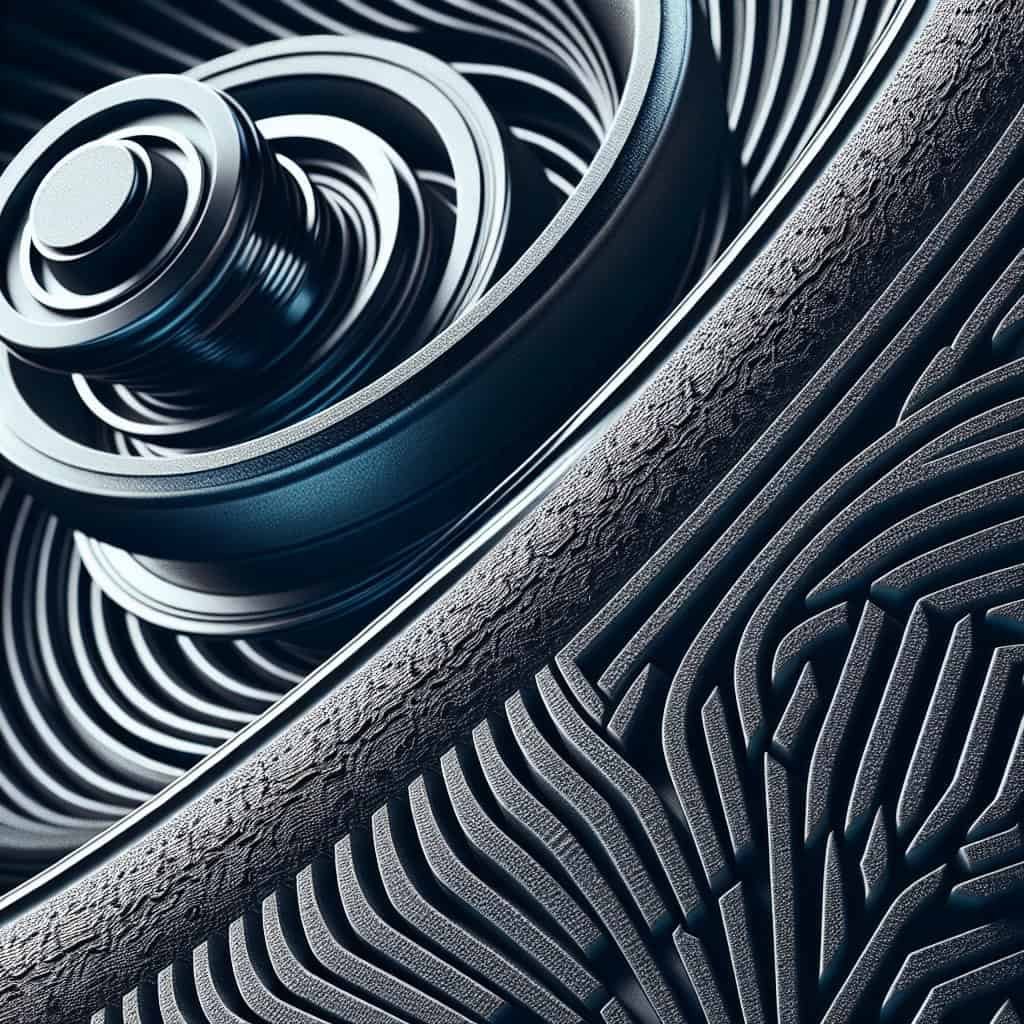Skateboarding can be an exhilarating and fast-paced sport, but in order to maneuver and perform tricks with ease, having the right pair of skate shoes is crucial. When it comes to selecting skate shoes with the best grip and board feel, there are a few important factors to consider. From the type of material used in the outsole to the design of the shoe’s tread pattern, each element plays a role in determining how well the shoes will perform on the skateboard. So, whether you’re a seasoned pro or just starting out, finding the perfect pair of skate shoes can make all the difference in your skateboarding experience.

Factors to Consider
When it comes to selecting the right skate shoes, there are a variety of factors that you should take into consideration. Choosing the right shoe style, understanding different shoe materials, considering the outsole design, examining the rubber compound, analyzing the tread pattern, taking shoe durability into account, considering shoe weight, sizing and fit, checking the shoe construction, and reading reviews and getting recommendations are all important aspects to keep in mind. Let’s delve into each of these factors to help you make an informed decision.
Choosing the Right Shoe Style
Skate shoes come in three main styles: low-top, mid-top, and high-top. Each style offers its own advantages and it ultimately comes down to personal preference. If you prefer a more minimalistic feel and freedom of movement, low-top skate shoes are a great option. Mid-top skate shoes provide additional ankle support without sacrificing maneuverability. On the other hand, high-top skate shoes offer the most ankle support and protection, making them suitable for skaters who prioritize stability and safety.
Understanding Different Shoe Materials
The material of your skate shoes can greatly impact their performance and durability. There are four common shoe materials to consider: suede, canvas, leather, and synthetic materials. Suede is a popular choice among skaters due to its excellent grip and durability. Canvas shoes are lightweight and breathable, but they may not offer the same level of durability as other materials. Leather shoes provide a combination of durability and support, making them a reliable option for skateboarders. Lastly, synthetic materials offer a wide range of options in terms of performance, durability, and price.
Consider the Outsole Design
The outsole of a skate shoe plays a crucial role in providing grip and stability. There are three main outsole construction types: cupsole, vulcanized, and hybrid. Cupsole construction utilizes a rubber outsole that extends up the sides of the shoe, providing superior impact protection and durability. Vulcanized construction, on the other hand, involves bonding the outsole directly to the upper, resulting in a thinner and more flexible shoe. Hybrid construction combines elements of both cupsole and vulcanized construction, offering a balance of cushioning, flexibility, and durability.

Examining the Rubber Compound
The rubber compound used in the outsole of skate shoes affects its grip, durability, and overall performance. Understanding rubber hardness, evaluating grip levels, and analyzing abrasion resistance are key factors to consider. Rubber hardness is measured using a durometer scale, with higher numbers indicating greater hardness and lower numbers indicating softer rubber. While harder rubber may offer better durability, softer rubber often provides superior grip. It’s important to find the right balance between the two based on your skating style and preferences.
Analyzing the Tread Pattern
The tread pattern on the outsole of skate shoes also plays a crucial role in providing grip and traction. Deep and wide grooves help to disperse water, dirt, and debris, preventing them from affecting the shoe’s grip. Multi-directional tread patterns are designed to enhance grip in various directions, allowing you to maintain control regardless of your foot position. Hexagonal or herringbone patterns are commonly found on skate shoes and offer excellent grip and stability on a variety of surfaces.

Taking Shoe Durability Into Account
Skateboarding can put a lot of strain on your shoes, so durability is a key factor to consider. Pay attention to the stitching and reinforcements on the shoe, as these areas are often subjected to stress and wear. Look for abrasion-resistant materials in high-impact areas, such as the ollie area or the toe box. Double or triple stitching can also greatly enhance the durability of a skate shoe, ensuring that it can withstand the rigors of skateboarding.
Considering Shoe Weight
The weight of your skate shoes can greatly impact your performance on the board. A lighter shoe generally provides better board feel, allowing you to have a greater sense of control and connection with your skateboard. However, it’s important to strike a balance between weight and durability. While a lightweight shoe may offer better maneuverability, it may not be as durable as a slightly heavier option. Consider your style of skating and personal preferences when deciding on the ideal weight for your skate shoes.
Sizing and Fit
Proper sizing and fit are essential for comfort and performance on your skateboard. Ensure that you accurately measure your foot size and refer to the shoe manufacturer’s sizing guide. It’s recommended to have a snug fit, as this will provide better support and stability. However, there should also be some room for your foot to move and flex, ensuring you have the necessary freedom of movement while skating. Remember that different brands may have slight variations in sizing, so trying on multiple sizes or consulting customer reviews can be helpful.
Checking the Shoe Construction
The construction of skate shoes can greatly impact their durability and performance. Look for well-constructed shoes that use high-quality materials and manufacturing techniques. Reinforced toe caps, padded collars and tongues, and supportive insoles are all features to consider. Additionally, a shoe with good heel lock and ankle support can help prevent injuries during intense skate sessions. Take the time to examine the details of the shoe construction to ensure that you’re investing in a durable and reliable pair of skate shoes.
Reading Reviews and Getting Recommendations
Before making a final decision, it’s always a good idea to read reviews and seek recommendations from fellow skaters. Online reviews and ratings can provide valuable insights into the performance, durability, and fit of different skate shoe models. Look for reviews from skaters with similar preferences and styles to get a better idea of how a particular shoe will perform for you. Additionally, don’t hesitate to reach out to experienced skaters or visit local skate shops for personalized recommendations based on your specific needs and preferences. Remember that finding the right skate shoe may involve a trial and error process, and gathering as much information as possible can help guide you towards making the best choice for your skateboarding journey.
By considering these various factors, you’ll be well on your way to choosing the right skate shoes with the best grip and board feel. Remember to prioritize your own preferences and skating style, and don’t be afraid to experiment and try out different options until you find the perfect fit. Happy skating!

